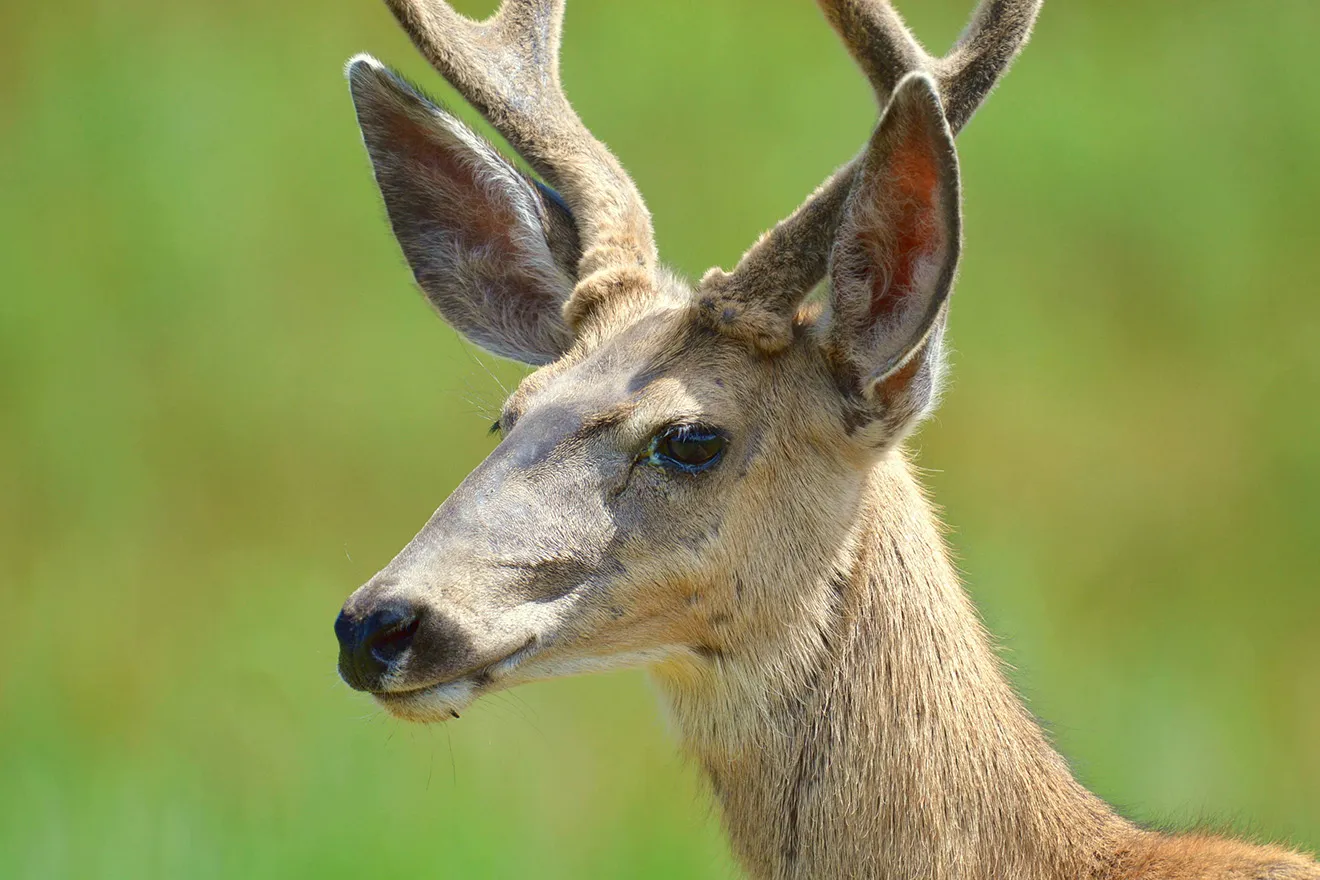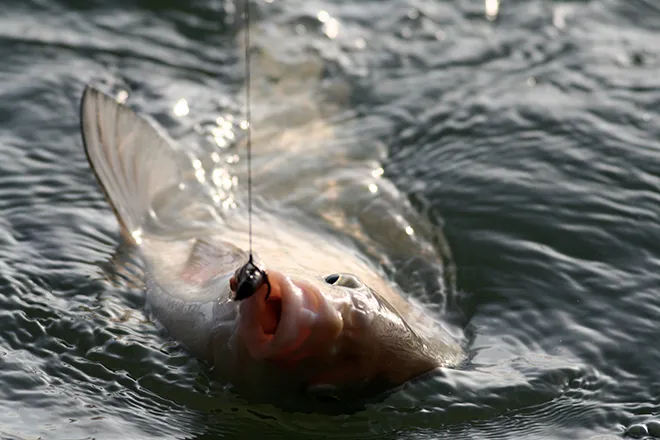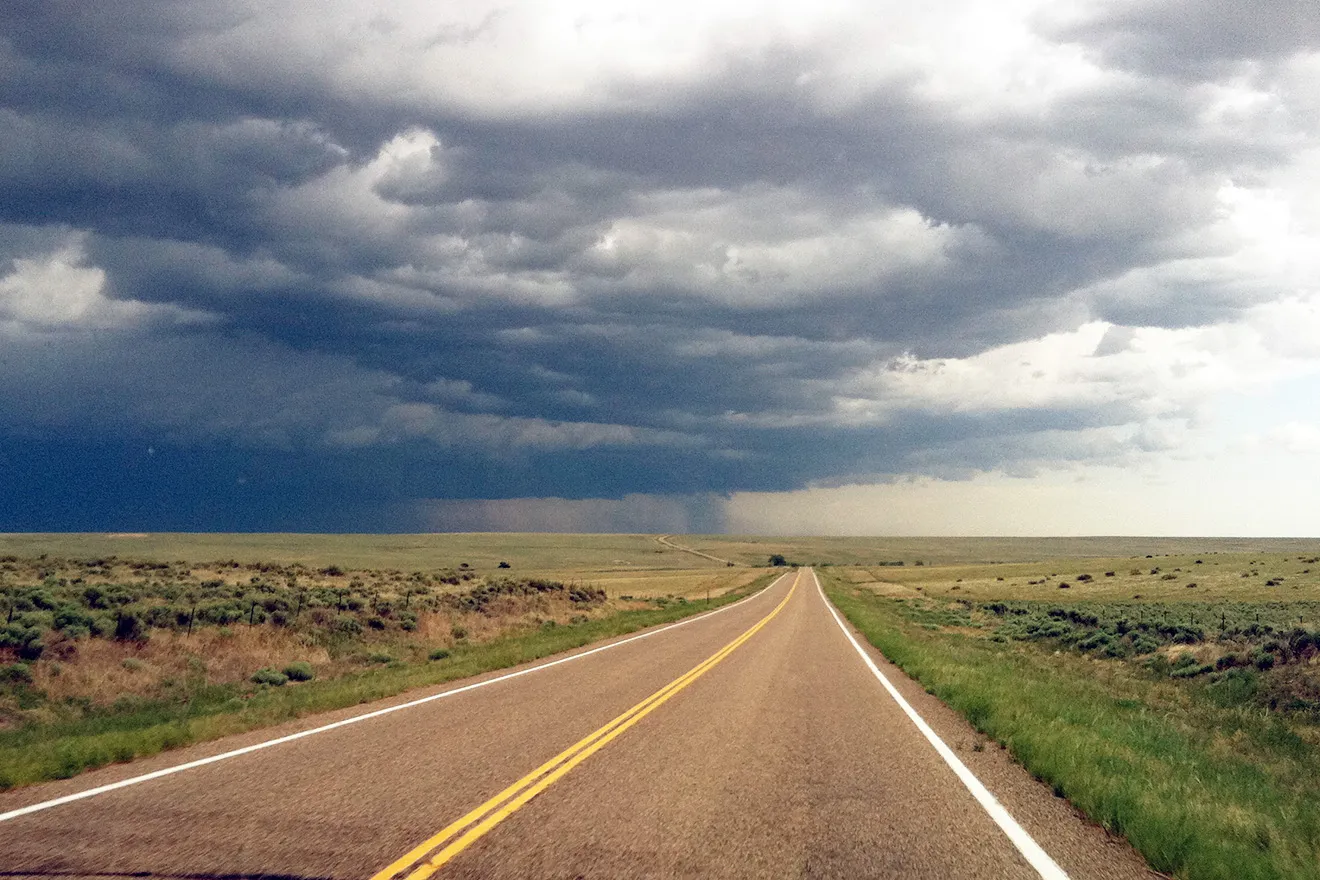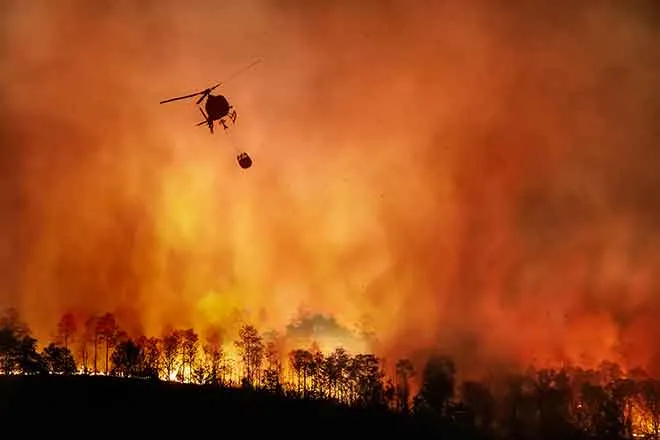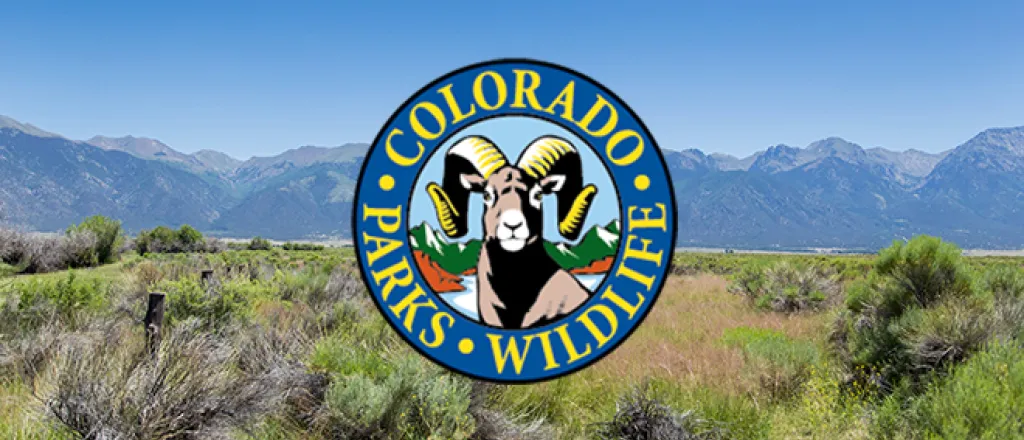
Annual Sandhill Cranes Spring Migration Festival Returns to San Luis Valley
The annual spring migration of greater sandhill cranes is in full force in southern Colorado. If you've never seen these beautiful birds gathering in huge numbers, be sure to put it on your bucket list.
"People in Colorado should take time to see the cranes; the migration is truly one of nature's wonders," said Joe Lewandowski, a spokesperson for Colorado Parks and Wildlife.
The annual San Luis Valley Crane Festival is scheduled this year for March 9-11. For a complete schedule of events, go to: http://mvcranefest.org/.
The cranes start arriving in mid-February, flying from their winter nesting grounds, primarily in New Mexico. The large wetland areas, wildlife refuges and grain fields in the San Luis Valley draw in about 25,000 birds. The cranes stop in the valley to rest-up and re-fuel for their trip north to their summer nesting and breeding grounds in Idaho, Montana and Wyoming.
Cranes are among the oldest living species on the planet: Fossil records for cranes date back 9 million years. The birds that migrate through Colorado are the largest of the North American sandhill subspecies standing 4-feet tall with a wing-span of up to 7 feet and weighing in at 11 pounds. Besides their imposing size, the birds issue a continuous, distinctive and haunting call. At this time of year cranes are engaged in their mating ritual and the birds perform an elaborate and elegant hopping dance to gain the attention of other birds.
The birds are most abundant at the Monte Vista National Wildlife Refuge, located 6 miles south of the town of Monte Vista on Colorado Highway 15. Wildlife watchers can also see the birds at the Alamosa National Wildlife Refuge located southeast of the town of Alamosa, and at the Rio Grande, Higel and Russell Lakes state wildlife areas. Plenty of birds can also be seen in the many agricultural fields near Monte Vista and Alamosa.
The cranes are most active at dawn and at dusk when they're moving back and forth from their nighttime roosting areas.
Be sure to dress warm as temperatures can be very cold in the valley.
During the three days of the festival, free morning and afternoon tours are offered by staff members from the U.S. Fish and Wildlife Service. Visitors take buses to various spots on the wildlife refuge, and local experts talk about the migration and the wildlife refuge. If you want to take a tour, be on time because the buses leave promptly.
The festival headquarters and starting point for the tours is the Ski Hi Park building located near U.S. Highway 160 on Sherman Avenue on the east side of Monte Vista. Visitors can pick up maps, schedules and information at the headquarters. Besides the tours, a variety of workshops are put on by bird, wildlife and photography experts. An arts and crafts fair continues through the weekend at the headquarters building.
The number of cranes in the valley peaks in mid-March and many linger through the month. So even if you can't go the weekend of the festival there's still plenty of time to see the birds.
Bird-watchers who travel on their own should be cautious when parking, getting out of vehicles and walking along roads. People are also asked to view birds from a distance with binoculars and spotting scopes, and to observe trail signs and closure notices.
Many other bird species – including eagles, turkeys and a variety of waterfowl – can also be seen throughout the San Luis Valley.






